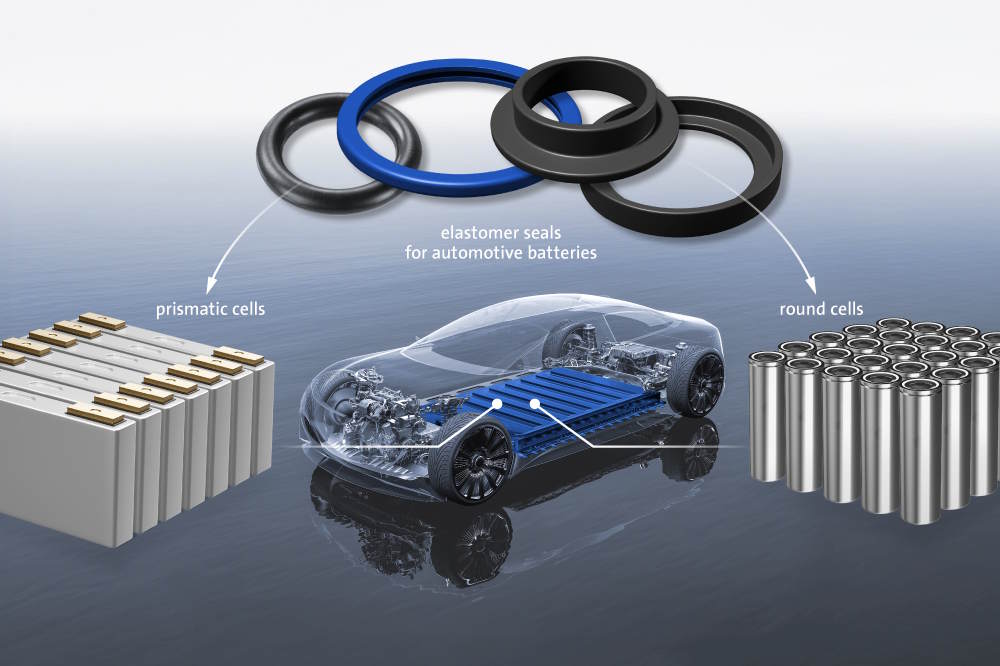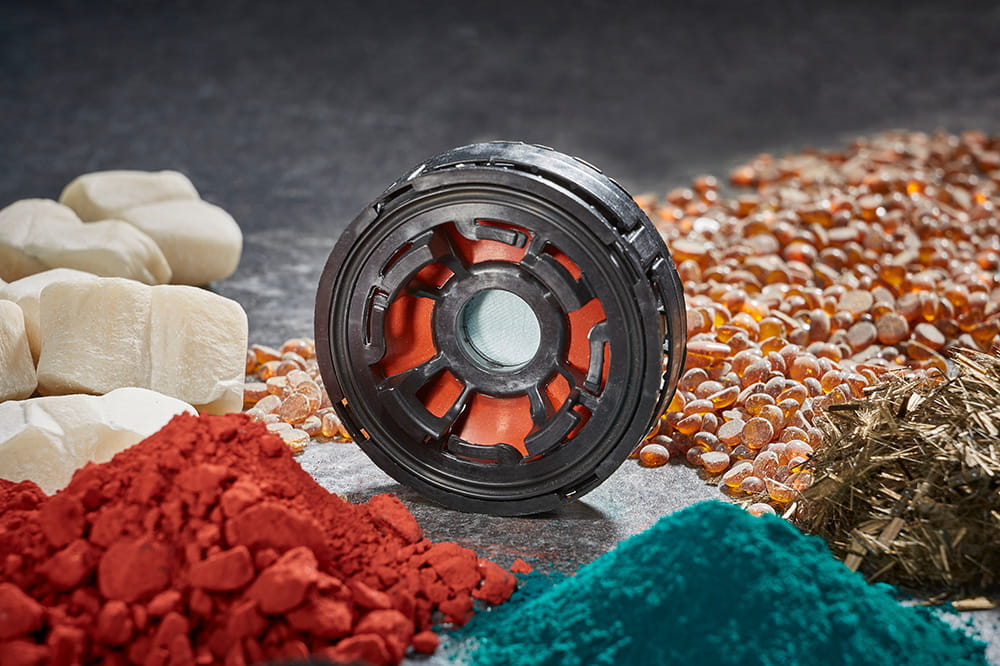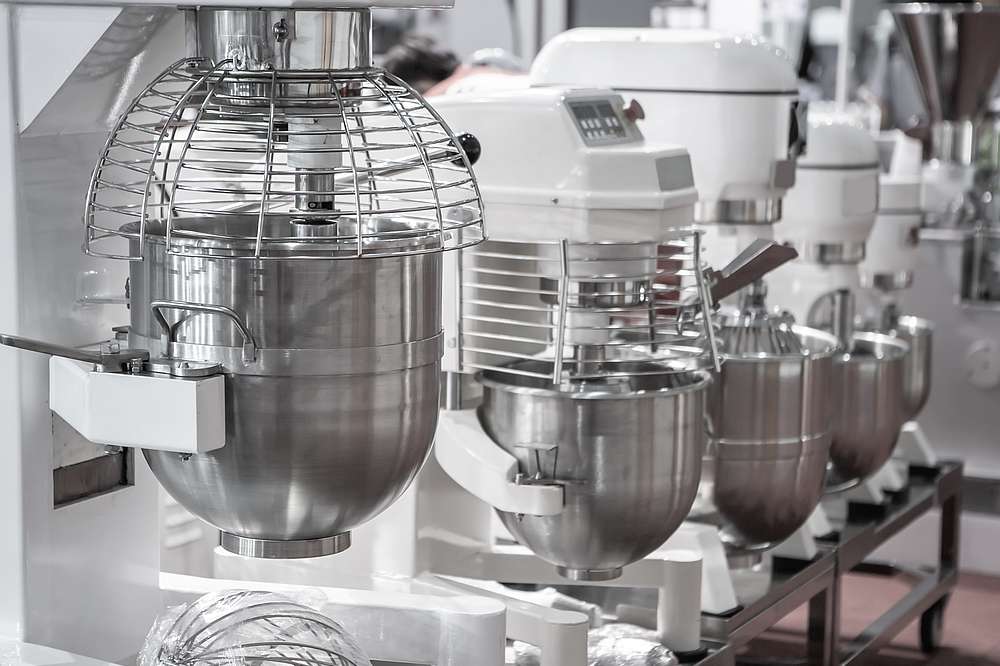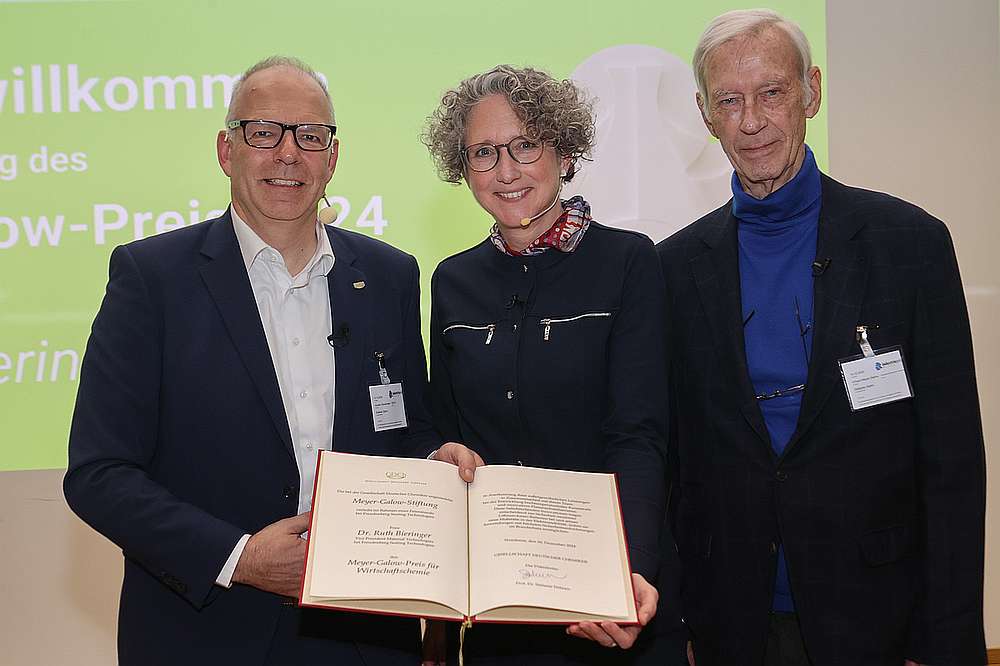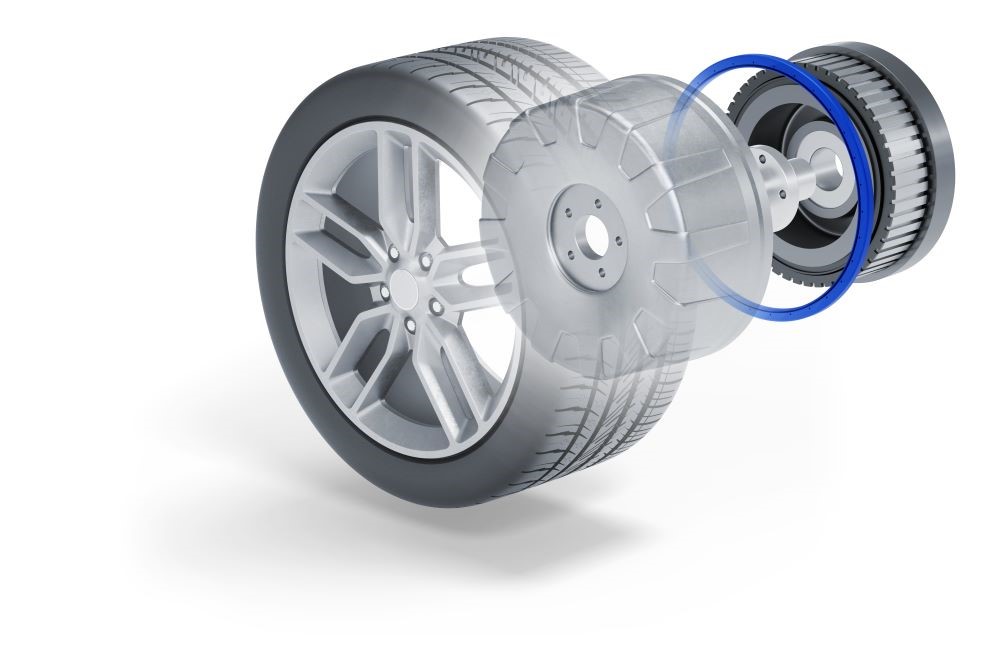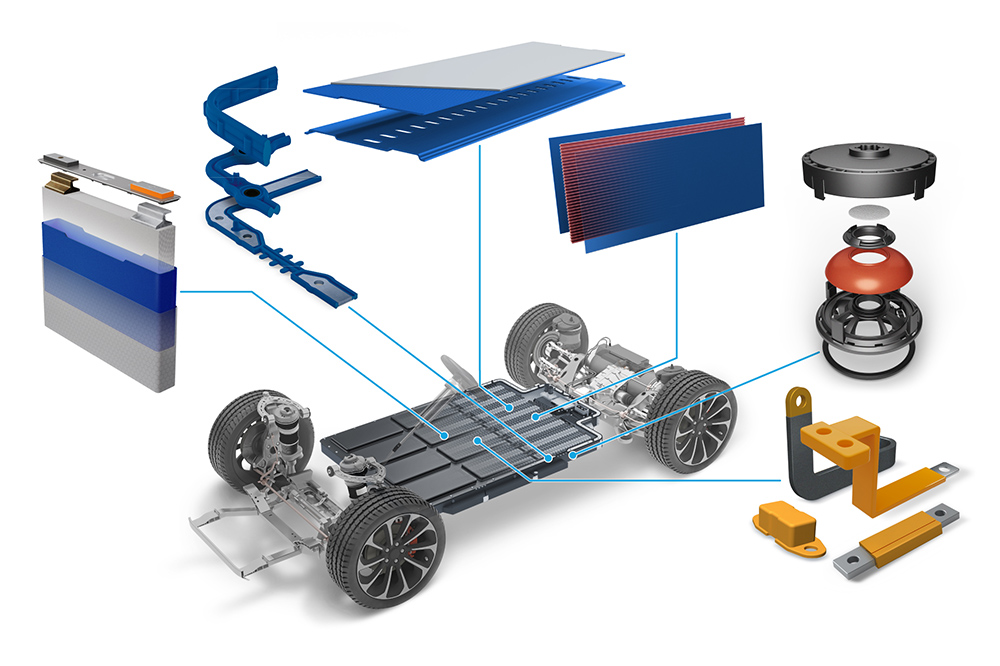Obtain news and background information about sealing technology, get in touch with innovative products – subscribe to the free e-mail newsletter.
16.03.2021
Advanced Capabilities
The centerpiece of the six-figure investment is a specially designed Isolation and Containment Chamber (IsoC) that allows technicians to safely conduct exposure testing using the very aggressive lithium electrolytic solutions found in lithium-ion battery cells. These solutions are volatile, toxic and flammable when exposed to oxygen and ambient air moisture. The IsoC, a six-by-three-by-three-foot, two-chambered glass and steel enclosure, allows chemists to work in a controlled, inert and moisture-free environment.
In addition, Freudenberg Sealing Technologies also invested in a sophisticated telemetry control system that facilitates remote IsoC monitoring of the active work 24/7, head-to-toe protective gear and special respirators for chemists, non-reactive, nickel-based immersion vessels, a safety monitoring and alarm system and electrolytic solutions costing thousands of dollars per gallon.
“What we can now offer customers is design security based on scientific data,” said F. Joseph Walker, Director Research & Development for Freudenberg Sealing Technologies in the Americas. “We have taken this proactive step on behalf of our customers and in response to a growing use of lithium-ion batteries in diverse applications. “Previous effort have been conducted to determine the impact of materials on the electrolyte. This work focuses upon the impact the electrolyte has on the materials.”
A Growing Market Feeds the Needs
Multiple analyst forecasts project that the lithium-ion battery market will experience double digit growth during the next five years based on increasing battery use in the automotive, construction agriculture, mining, commercial truck, recreational vehicle, ship, train and electronics industries. In response, the lithium-ion battery developers are constantly exploring ways to make these sustainable energy devices more powerful, more robust and faster during recharging cycles. Electrolytic solutions have a direct impact on these performance issues. New and enhanced electrolytic solvents are being continuously introduced. While these solvents can result in a faster exchange of lithium ions between the anode and cathode sides of a battery cell -- thus ultimately impacting energy discharge ad recharge rates – they also expose seals, gaskets and other battery components to a constant mix of reactive, flammable, caustic and hazardous chemicals.
Freudenberg Sealing Technologies has spent decades performing comprehensive physical and analytical material testing to document the performance and compatibility of materials that are exposed to different fluids, materials and stress conditions. The data base the company has assembled from the results provides specification guidance and material benchmarks for the components it sells to customers.
Lithium-ion material testing, however, requires a unique set of inputs to safely succeed. The new equipment and test methodology being used in the Central Laboratory provides these inputs.
New Testing, New Requirements
“All of our exposure testing must be performed inside the IsoC in an oxygen-free, moisture-free environment,” said Freudenberg Sealing Technologies’ Michael Saruna, the Central Laboratory chemist who is in charge of material testing in electrolytic solutions. “Electrolytic solution exposed to air can result in a hazardous situation, so we had to take safety and our ability to maintain a controlled environment into account during the design of the IsoC.”
The dual chambers of the IsoC allow Saruna to install test samples in the first chamber, purge all air, oxygen and moisture from that space and then move them to the second, larger IsoC chamber for exposure testing. Materials will be immersed electrolytic solution for at least 1,000 hours, then decontaminated to insure they are safe for removal from the IsoC. They will then be subjected to the company’s standard physical and analytical test methodologies.
Freudenberg will use two electrolytic solutions in its immersion testing – one that is commonly used in lithium-ion battery cells and one that has been has been manufactured as a control. The company will test families of materials, beginning with its own unique and proprietary materials and then moving on to test commercially available materials that are used in these batteries.
“Benchmarking will provide us with the ability to spot gaps in compatibility and performance,” Walker said. “Then we can develop material programs and components to fill those gaps.”
Safety First
The risks associated with testing lithium-ion battery materials exposed to electrolytic solutions are real, and the cost of controlling them is one of the reasons only a handful of universities are the only other organizations to conduct such testing. Freudenberg’s Central Laboratory team redesigned safety standards to include as many safety precautions as possible. Full protective gear is required when handling the electrolytic solutions. First aid kits were stocked with special treatments that counter the caustic chemicals found in lithium electrolyte solutions. An alarm system is in place to monitor for spills, leakage, gas formation or other hazards. One of the most significant safety feature is the ability of laboratory chemists to monitor the immersion samples remotely anytime and anywhere using a laptop computer, phone or tablet.
“We are committed to the safety of our employees and to the material needs of our customers,” Walker said. “We are performing this critical material testing in a protected, safe working environment. We will be able to offer our customers critical compatibility and performance data that will likely influence their material choices. And we will be able to offer solid evidence that Freudenberg materials are superior to others in the market. A win-win-win for employees, customers and the company alike.”
Ulrike Reich
Head of Media Relations & Internal Communications
Telephone: + 49 (0) 6201 960 5713
ulrike.reich@fst.com chevron_rightDownload Press Release
Download Images
News Service
You can subscribe to the Freudenberg Sealing Technologies news alert service, bringing you the news as soon as they are published. You can always unsubscribe from this service.
Subscribe now! chevron_rightFurther Articles With These Taggings

First Hand News
Best of all, keep up with the latest developments
with the Freudenberg Sealing Technologies newsletter.


